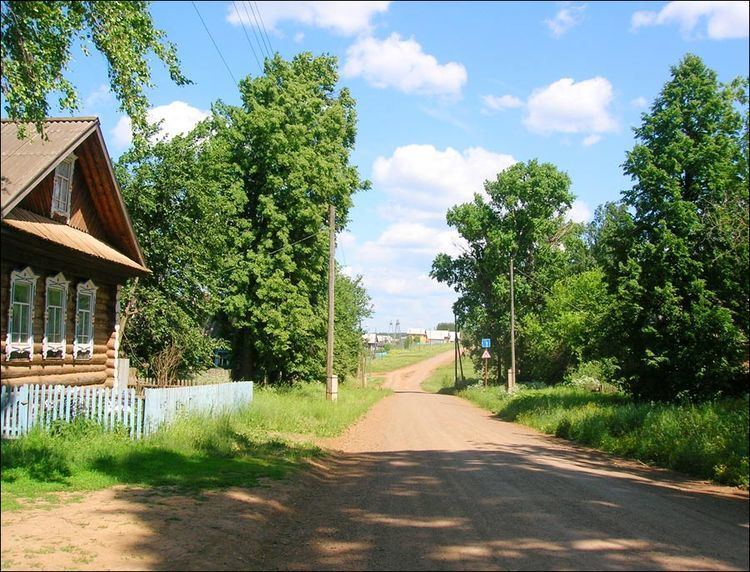Country Russia Economic region Urals Area 42,100 km² | Established December 28, 1934 Time zone(s) SAMT (UTC+04:00) | |
 | ||
Points of interest Zoopark Udmurtii, Nechkino, Muzeyno‑vystavochnyy kompleks strelkovo, BUK "Istoriko‑kulturnyy muzey‑za, Summer Garden to them Gor Colleges and Universities Udmurt State University, Izhevsk State Technical, Izhevsk State Medical A, Izhevskaya gosudarstvennaya selskokh, Glazov State Pedagogi | ||
Russian circus clown in izhevsk republic of udmurtia
Udmurtia (Russian: Удму́ртия, Udmurtiya; [ʊˈdmurtʲɪjə]; Udmurt: Удмуртия), or the Udmurt Republic, is a federal subject of Russia (a republic) within the Volga Federal District. Its capital is the city of Izhevsk. Population: 1,521,420 (2010 Census).
Contents
- Russian circus clown in izhevsk republic of udmurtia
- Map of Udmurt Republic Russia
- History
- Geography
- Rivers
- Climate
- Demographics
- Vital statistics
- Ethnic groups
- Religion
- Jews in Udmurtia
- Culture
- References
Map of Udmurt Republic, Russia
History
On November 4, 1920, Votsk Autonomous Oblast was formed. On January 1, 1932, it was renamed Udmurt Autonomous Oblast, which was then reorganized into the Udmurt ASSR on December 28, 1934. During World War II, many industrial factories were evacuated from Ukraine and western borderlands to Udmurtia.
Geography
The republic is located in the eastern portion of the Eastern European Plain, between the Kama and Vyatka Rivers.
Rivers
Major rivers include:
Climate
The republic has a moderate continental climate, with warm summers and cold winters with a lot of snow.
Demographics
Population: 1,521,420 (2010 Census); 1,570,316 (2002 Census); 1,609,003 (1989 Census).
Although as of 2007 the population was declining, the decline was more pronounced in urban areas. Out of the 19,667 births reported in 2007, 12,631 were in urban areas (11.86 per 1000) and 7,036 were in rural areas (14.88 per 1000). Birth rates for rural areas are 25% higher than that of urban areas. Of the total of 21,727 deaths, 14,366 were reported in urban areas (13.49 per 1000) and 7,361 were in rural areas (15.56 per 1000). Natural decline of population was measured at -0.16% for urban areas and an insignificant -0.07% for rural areas (average for Russia was -0.33% in 2007).
Vital statistics
Source
TFR source
Ethnic groups
According to the 2010 Census, Russians make up 62.2% of the republic's population, while the ethnic Udmurts only make up 28%. Other groups include Tatars (6.7%), Ukrainians (0.6%), Mari (0.6%), and a host of smaller groups, each accounting for less than 0.5% of the republic's total population.
Over two thirds of the world population of Udmurts live in the republic.
Religion
According to a 2012 official survey, 33.1% of the population of Udmurtia adheres to the Russian Orthodox Church, 5% are unaffiliated generic Christians, 2% are Orthodox Christian believers without belonging to any church or members of other Orthodox churches, 4% are Muslims, 2% of the population adheres to the Slavic native faith (Rodnovery) or to Udmurt Vos (Udmurt native faith), 1% adheres to forms of Protestantism, and 1% of the population are Old Believers. In addition, 29% of the population declares to be "spiritual but not religious", 19% is atheist, and 3.9% follows other religions or did not give an answer to the question.
Jews in Udmurtia
see: History of Jews in Udmurtia and Tatarstan
Udmurt Jews is special territorial group of the Ashkenazi Jews, which started to be formed in the residence areas of mixed Turkic-speaking (Tatars, Kryashens, Bashkirs, Chuvash people), Finno-Ugric-speaking (Udmurts, Mari people) and Slavic-speaking (Russians) population. The Ashkenazi Jews on the territory of the Udmurt Republic first appeared in the 1830s. The udmurt Jewry had formed the local Idiom on the base of the Yiddish of Udmurtia till the 1930s and features of Yiddish of migrants "joined" into it (in the 1930s and 1940s); as a result up to the 1970s and 1980s the Udmurt Idiom (Udmurtish) was divided into two linguistic subgroups: the central subgroup (with centers Izhevsk, Sarapul and Votkinsk) and the southern subgroup (with centers Kambarka, Alnashi, Agryz and Naberezhnye Chelny). One of the characteristic features of the Udmurt Idiom is a noticeable number of Udmurt and Tatar loan words.
Culture
In Udmurtia, there are eight professional theaters, a Philharmonic Society, and more than ten state and numerous public museums, which tell of the history and culture of Udmurtia and its people, like the Museum of History and Culture in Sarapul, or the Tchaikovsky Museum in Votkinsk. One of the oldest arms museums is located in Izhevsk, as well as the newer Kalashnikov Museum (dedicated in November 2004), which has recently become a general small-arms museum.
